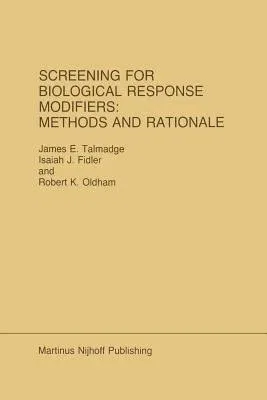James E Talmadge
(Author)Screening for Biological Response Modifiers: Methods and Rationale (Softcover Reprint of the Original 1st 1985)Paperback - Softcover Reprint of the Original 1st 1985, 18 November 2011

Qty
1
Turbo
Ships in 2 - 3 days
In Stock
Free Delivery
Cash on Delivery
15 Days
Free Returns
Secure Checkout
Part of Series
Developments in Oncology
Print Length
194 pages
Language
English
Publisher
Springer
Date Published
18 Nov 2011
ISBN-10
1461296242
ISBN-13
9781461296249
Description
Product Details
Book Edition:
Softcover Reprint of the Original 1st 1985
Book Format:
Paperback
Country of Origin:
NL
Date Published:
18 November 2011
Dimensions:
23.39 x
15.6 x
1.14 cm
ISBN-10:
1461296242
ISBN-13:
9781461296249
Language:
English
Location:
New York, NY
Pages:
194
Publisher:
Series:
Weight:
303.91 gm

